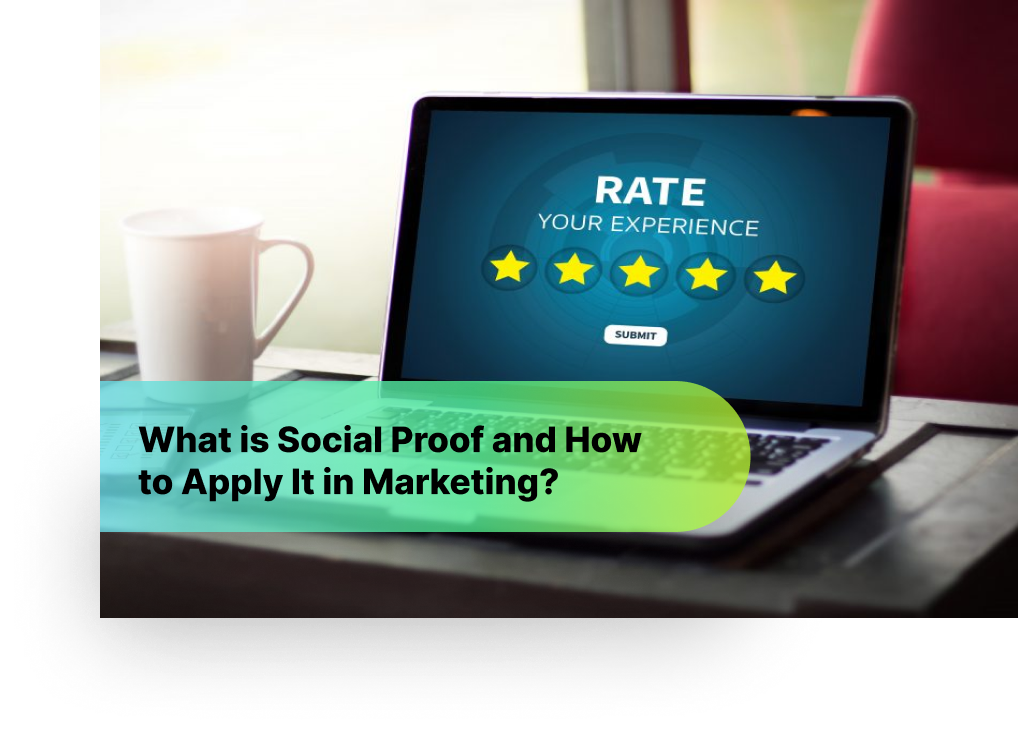Nowadays, convincing customers to choose your brand over the rest is no easy feat. This is where social proof comes into play. When we see that others are using, liking, or endorsing a product or service, it tends to make us believe that it’s a good choice for us as well.
In this comprehensive guide, we’ll explore the social proof definition, different types, and effective strategies to help you make the most of its power for your marketing success.
What is Social Proof?
Social proof is a phenomenon where people are influenced by the actions of others. It’s a shortcut for our brains, helping us decide how to act in uncertain situations by following the lead of others.
Think of it like this: You’re in a new restaurant and can’t decide what to get. If you see everyone else at a table happily digging into a specific dish, you might be more likely to order that too, assuming it must be good.
So, what is social proof in marketing?
Social proof is powerful when it comes to convincing people to try a product or service. Here’s how it works: By showcasing that other people have already chosen and enjoyed your product, marketers build trust and credibility. This can significantly reduce the perceived risk for potential customers and nudge them towards making a purchase.

Why is Social Proof Important?
Now that you’re familiar with social proof, why is it crucial to include it in your marketing strategy? What makes it an invaluable component of your business approach?
- 83% of consumers suggest brands they follow on social media to friends and family.
- 95% of shoppers check online reviews before making a purchase.
- 82% of Americans seek referrals and recommendations from family and friends before making any purchase.
Here’s a detailed explanation of its significance:
Reduces Risk and Builds Trust
Imagine you’re on an unfamiliar street and see 2 restaurants, one packed and the other empty. You’d likely gravitate towards the crowded one, assuming it offers better food. Social proof works similarly. In a world overflowing with choices, it allows consumers to leverage the experiences of others to make quicker, more confident decisions. Positive reviews, testimonials, and high ratings all signal that your product or service is likely safe and worthwhile.
Boosts Conversions
By mitigating the fear of making a bad choice, social proof can significantly increase the likelihood of someone converting into a paying customer. When someone sees others have had positive experiences, they’re more likely to take the plunge and try your product or service themselves.
Employ the Power of “Bandwagon Effect”
Social proof taps into our inherent desire to fit in and make choices similar to those around us. Seeing a large number of people using a product or service can make it seem more desirable and trustworthy, subconsciously encouraging others to follow suit.
Provides Valuable Customer Insights
Reviews and testimonials offer a treasure trove of insights into customer experiences, both positive and negative. This valuable feedback loop helps you improve your product or service and tailor your marketing messages to better resonate with your target audience.
Common Types of Social Proof
Depending on the product or service, various forms of social validation can be employed to enhance conversion rates, including:
User Social Proof
- Definition: Recommendations from current users based on positive experiences.
- Examples: Praises on social media or positive ratings on review sites.
Yelp depends on customer reviews to assess restaurants, bars, and businesses, which benefits both the company and users seeking reviews. Drawing about 145 million visitors monthly, Yelp stands as one of the United States’ most sought-after websites.

Certification Social Proof
- Definition: Official stamp of approval from respected industry authorities.
- Examples: Blue checkmark on Twitter or Facebook.
Tesla’s blue checkmark on Twitter acts as a form of social proof, affirming the authenticity and credibility of the brand’s presence on the platform.

Expert Social Proof
- Definition: Recommendations or associations from industry experts regarding your products or services.
- Examples: A Twitter shoutout by an expert or having an expert participate in your Twitter chat.
Slack gets a lot of praise for its product on Twitter. To spread this positivity, Slack made a Twitter account called @SlackLoveTweets, where they share shout-outs from their users by retweeting them. (They might have used a different Twitter account for this because retweeting shout-outs might not fit their main social media plan. But they could also use their main account if it fits.)
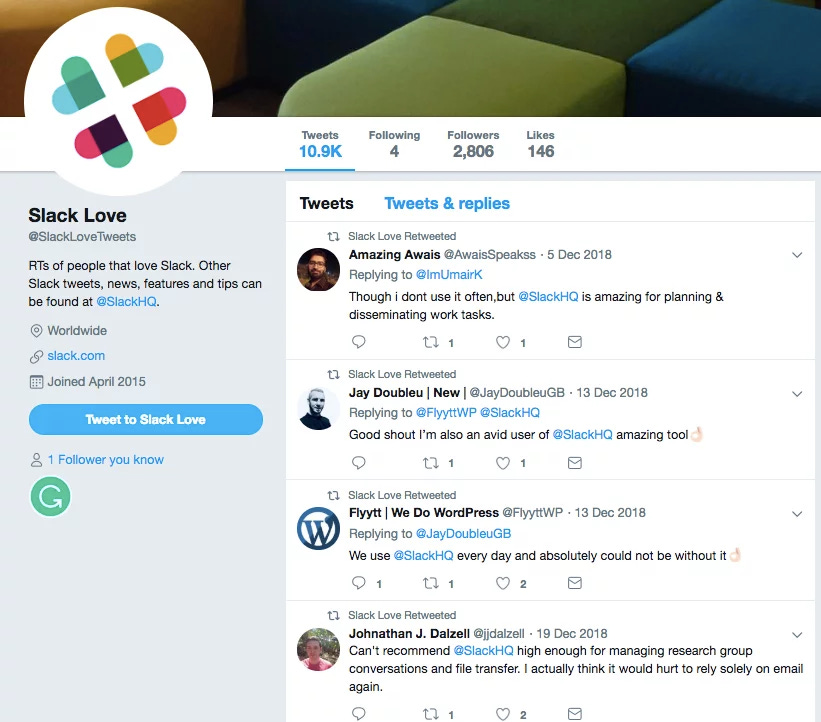
Celebrity Social Proof
- Definition: Endorsement of your products by notable figures.
- Examples: An Instagram post or tweet about your product by a celebrity or influencer.
Gwyneth Paltrow has been a dedicated supporter and close associate of Tracy Anderson and her fitness program, often sharing her enthusiasm for it on social media. While this isn’t a formal celebrity endorsement, its genuine nature attracts more individuals to Anderson’s program. As a result, the Tracy Anderson Method has expanded into a thriving fitness empire encompassing multiple studios, DVDs, and live-streaming services.
The Wisdom of the Crowd
- Definition: Endorsement of your brand by a large number of people.
- Examples: Thousands of customers or millions of followers on social media profiles.
Netflix uses data on user preferences to suggest new TV shows and movies, leveraging social proof to keep users engaged in continuous binge-watching rather than leaving the platform after completing a movie or season. This approach is an effective retention strategy, similar to the way trending topics on Twitter capture users’ interest and encourage participation.
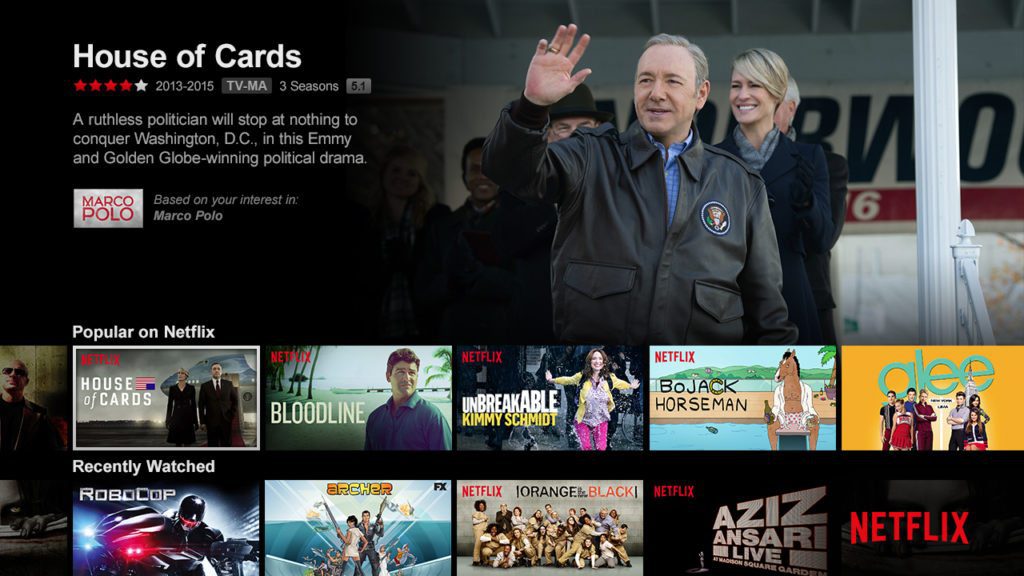
The Wisdom of Your Friends
- Definition: Approval of your product by individuals’ social circles.
- Examples: Seeing their friends use your product or deciding to follow your brand on social media.
Facebook recommends Pages and articles to users by analyzing their friends’ interactions on the platform. This type of social proof relies on our natural trust in people we are already acquainted with. It’s important to remember that we often value recommendations from our friends more than any other form of advertising.
The selection of social proof to showcase depends on your industry. For instance, e-commerce platforms might exhibit purchase counts or customer reviews, whereas B2B enterprises might feature a roster of corporate clients or testimonials. Media outlets could present readership or subscriber statistics, while travel agencies might highlight the volume of vacations booked.
How to Use Social Proof in Marketing?
Here are some key ways to apply them in your marketing strategy:
1. Customer Testimonials and Reviews
Customer reviews consist of ratings and feedback submitted by clients regarding their interactions with your product or service. Positive reviews play a crucial role in establishing trust and credibility among potential customers, thereby enhancing the likelihood of conversions. Furthermore, reviews offer valuable feedback that can be used to improve your product or service.
How to use:
- Encourage customers to provide feedback by leaving reviews to amass a repository of positive testimonials.
- Ensure your products have dedicated pages on review platforms such as Capterra, GetApp, and Software Advice.
- Regularly analyze customer reviews to identify potential areas for improvement.
- Respond promptly to negative reviews and address any concerns raised to showcase proactive customer service.
Adding social proofs to your website can increase conversion rates, and specialized apps like Trustify Review App make this process simpler.
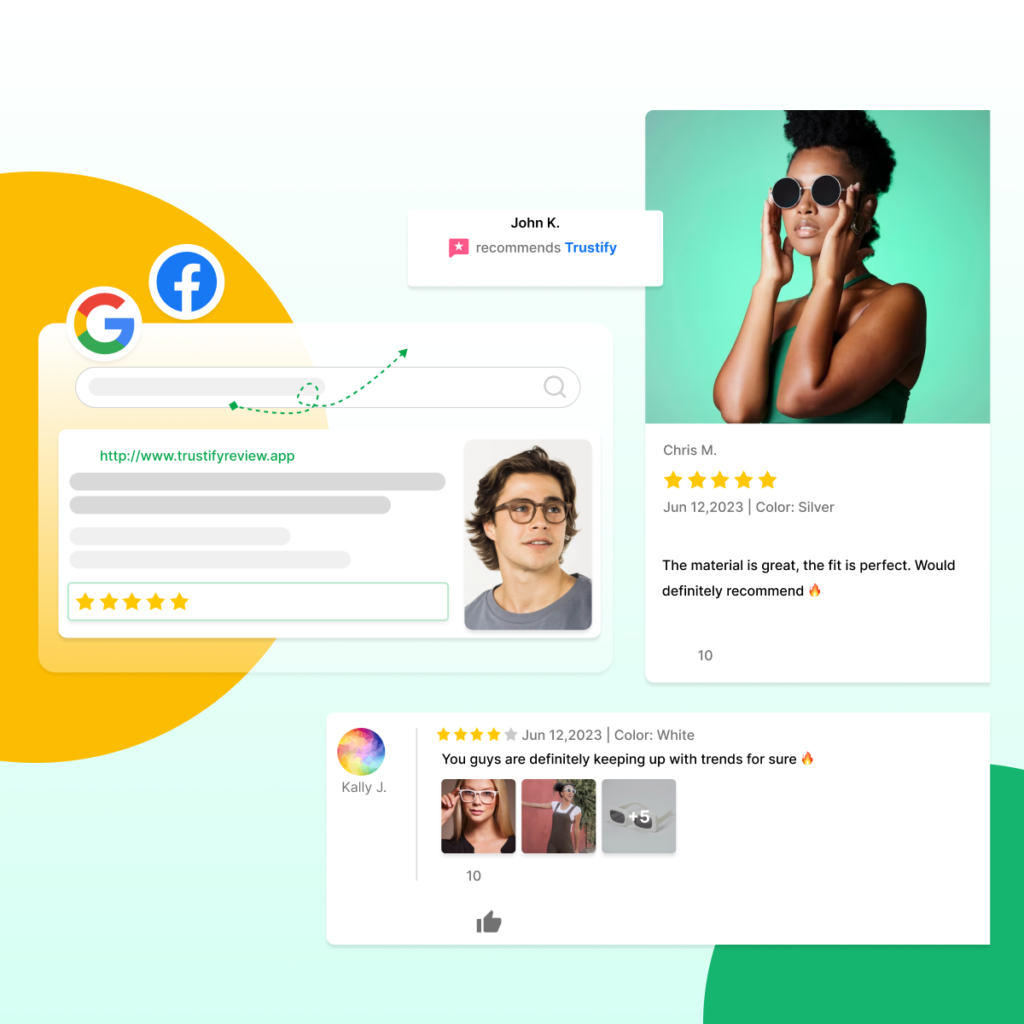
Learn More: 8 Review Request Email Examples and Copy/Paste Templates
2. Awards and Recognitions
Awards and recognitions serve as validation from external sources regarding the quality and performance of your product or service. When your company or product is honoured by industry experts, associations, or media outlets, it enhances the credibility and authority of your brand. Showcasing these achievements can help build trust with potential customers and ultimately lead to higher conversion rates.
How to use:
- Apply for relevant awards and recognitions within your industry.
- Establish a dedicated section on your website to highlight your achievements.
- Consistently promote your awards and recognitions across multiple channels.
- Strategically plan submissions for upcoming awards and recognitions in your field.
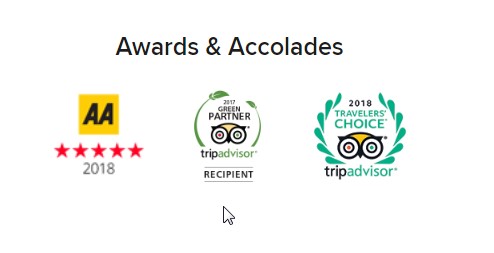
3. Case Studies
Customer success stories are comprehensive narratives detailing how customers utilized your product or service and the outcomes they attained. These narratives offer crucial insights that enable potential customers to grasp the functionality of your product and the favourable outcomes it can deliver. By showcasing such stories, you can bolster credibility, enhance conversion rates, and nurture customer relationships.
How to use:
- Prioritize real customer stories
- Support claims with quantitative data
- Incorporate customer feedback and testimonials in each case study
- Highlight the key achievements
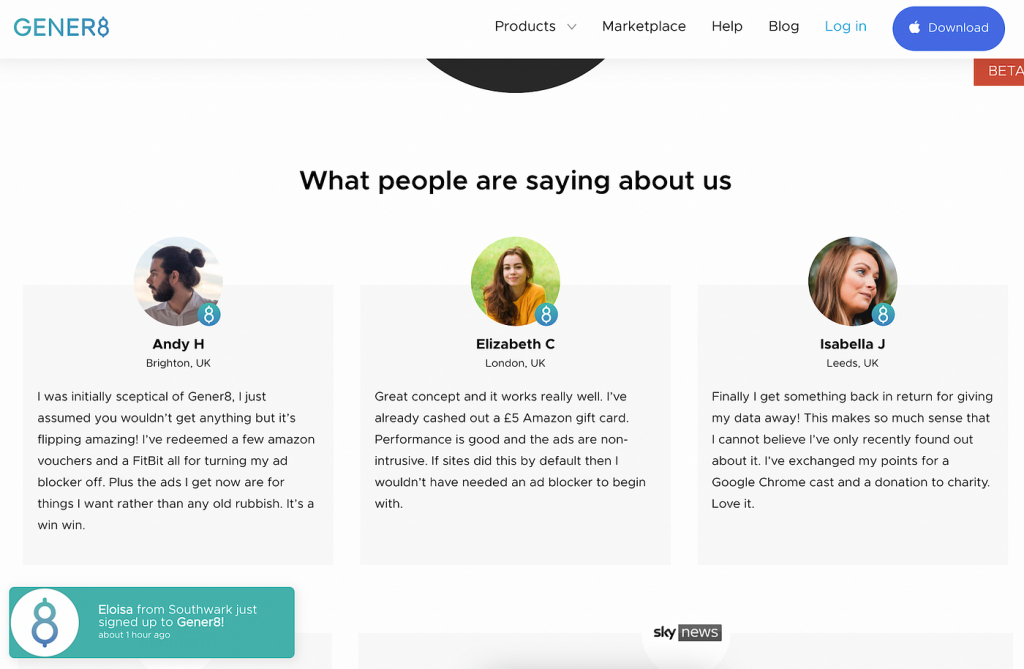
4. User-generated content (UGC)
UGC, or User-Generated Content, refers to any content such as photos, videos, comments, or stories created by your customers. It offers genuine insights and perspectives from real users, which are often perceived as more trustworthy than brand-generated content. Furthermore, UGC can be effectively used across various platforms including your website, blog, and social media channels.
How to use:
- Motivate customers to generate UGC by providing incentives or rewards.
- Obtain explicit permission from customers before using any UGC.
- Regularly analyze UGC to gain insights into customer preferences.
- Ensure that the content aligns with your brand and is relevant and appropriate.
>>> UGC Reviews: Top Strategies to Enhance Brand Credibility
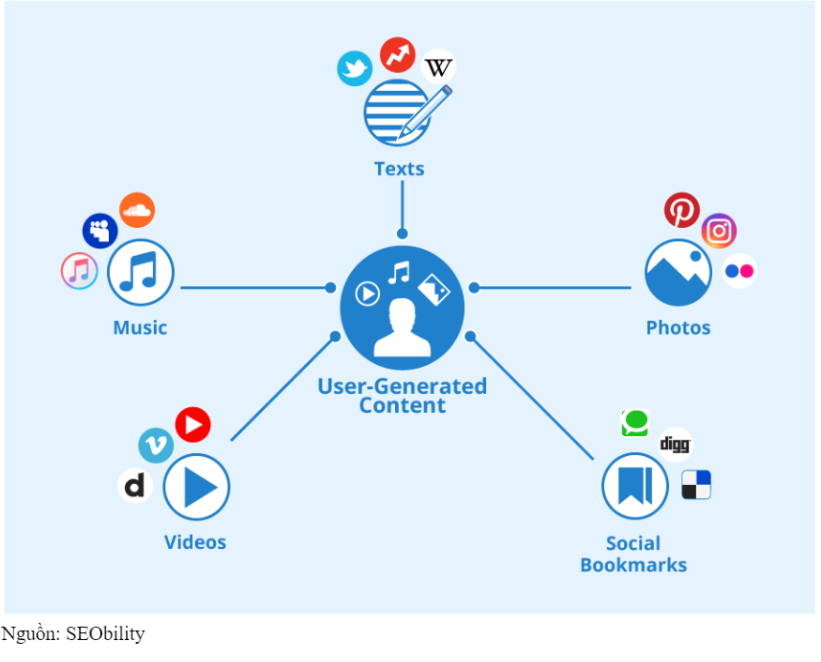
5. Endorsements from influencers and celebrities
When well-known individuals promote your products or services through various channels such as social media, television, or print media, it can lead to increased sales and heightened brand visibility. Influencers and celebrities, with their large followings, can influence people’s perceptions of your product.
How to use:
- Identify relevant influencers and celebrities within your industry.
- Compile a shortlist of preferred candidates for collaboration.
- Initiate contact with them, outlining the advantages of collaborating with your brand.
- Develop an enticing endorsement campaign to maximize exposure.
- Track the performance of your influencer campaigns and pinpoint areas for enhancement.
6. Integrating products with other brands
Product integrations involve collaborating with other brands or products to create a seamless user experience. These partnerships demonstrate that other reputable companies trust and value your product or service enough to integrate it into their offerings. Examples of product integrations include software integrations, co-branded products, and joint promotions.
How to use:
- Contact companies with whom you’ve established a product integration.
- Formulate a strategy for jointly promoting the integration.
- Ensure you have obtained permission to use the other company’s branding and content.
- Craft compelling content to market the integration, such as collaborative webinars or case studies.
Frequently Asked Questions
Here are the questions my clients frequently ask me regarding social proof techniques.
Does social proof work for all types of products or services?
Social proof can be highly effective for a wide range of products and services, especially those with a higher perceived risk or where trust is crucial. However, its effectiveness can vary depending on the target audience and the type you used.
For instance, customer reviews might hold more weight for a new tech gadget, while celebrity endorsements might be more influential for fashion products.
Read More: Social Proof in Ecommerce 101: All You Need to Know
How will social proof evolve in the future?
As technology advances, social proof will likely continue to evolve. Here are some potential trends:
- Rise of Visual UGC: Video testimonials and user-generated content may become even more prominent.
- Increased Focus on Authenticity: Consumers will likely become more discerning and value authentic social proof over inauthentic practices.
- The Power of Micro-Influencers: Smaller, niche influencers may hold more sway with specific target audiences.
- Data-Driven Social Proof: They may become more data-driven, with platforms offering insights on the effectiveness of different elements.
- Social Proof in Emerging Technologies: Social proof could play a role in new technologies like AR/VR, influencing buying decisions within these immersive experiences.
Can social proof backfire?
Yes, social proof can backfire in certain situations. Here’s how:
- Inauthenticity: If the proof feels fake or inauthentic, it can damage trust and credibility.
- Negative Reviews: A single bad review, especially if not addressed properly, can outweigh positive ones.
- Bandwagon Effect: Social proof can sometimes lead to the bandwagon effect, where people blindly follow the crowd without considering their own needs.
How can I deal with negative social proof online?
Negative reviews and comments can happen, but how you handle them can impact your brand perception. Here are some tips:
- Respond Promptly: Acknowledge negative feedback publicly and apologize for any inconvenience caused.
- Address the Issue: Privately reach out to the customer to understand the problem and try to find a resolution.
- Be Transparent: Explain what steps you’re taking to address the issue and prevent similar situations in the future.
- Use it as a Learning Opportunity: Analyze negative feedback to identify areas for improvement in your product or service.
>>> Learn More: Top Online Reviews Statistics & Trends [2024 Latest Data]
Wrap up
Social proof isn’t magic, but it’s pretty darn close in the marketing world. By leveraging the power of this psychological phenomenon, you can influence customer decisions, build trust, and ultimately drive sales.
After reading this article, I hope I’ve helped you understand the social proof definition, common types, and how it is applied in marketing.
Learn More: 30 Social Proof Examples in Marketing That Skyrocket Conversions
